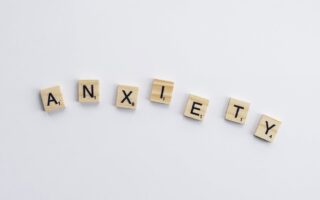Shortness of breath, medically known as dyspnea, is a common symptom that can be caused by various factors, including anxiety. Understanding whether your shortness of breath is due to anxiety or another underlying condition is crucial for appropriate management and peace of mind. Here’s a comprehensive guide on how to differentiate anxiety-induced shortness of breath from other potential causes:
Understanding Shortness of Breath and Anxiety
Shortness of breath is the sensation of being unable to take a deep breath or feeling like you can’t get enough air. When caused by anxiety, it typically occurs suddenly and is often accompanied by other anxiety symptoms such as rapid heartbeat, sweating, trembling, and feelings of fear or impending doom.
Signs Your Shortness of Breath Is From Anxiety
- Contextual Triggers: Anxiety-induced shortness of breath often occurs during or shortly after periods of heightened stress or anxiety, such as during panic attacks, stressful situations, or periods of intense worry.
- Gradual Onset: Unlike shortness of breath caused by physical exertion or respiratory conditions, anxiety-induced dyspnea tends to come on suddenly, without any obvious physical cause.
- No Underlying Respiratory Issues: If you have no history of respiratory problems and your shortness of breath is not accompanied by other respiratory symptoms such as coughing or wheezing, anxiety may be a more likely cause.
- Symptoms Improve With Relaxation Techniques: Shortness of breath due to anxiety often subsides when stress levels decrease or with the use of relaxation techniques such as deep breathing exercises or mindfulness practices.
- Recurrent Episodes: Individuals with anxiety disorders may experience recurrent episodes of shortness of breath during periods of heightened anxiety or stress, even in the absence of physical exertion or other triggers.
When to Seek Medical Attention
While anxiety-induced shortness of breath is generally harmless, it’s essential to seek medical attention if:
- Symptoms Persist: If shortness of breath persists or worsens despite efforts to reduce anxiety or manage stress.
- New or Severe Symptoms: If you experience new or severe symptoms along with shortness of breath, such as chest pain, lightheadedness, fainting, or bluish discoloration of the lips or nails.
- History of Respiratory Conditions: If you have a history of respiratory conditions such as asthma, chronic obstructive pulmonary disease (COPD), or allergies, as these may require medical evaluation and treatment.
Conclusion
Shortness of breath can be a distressing symptom, especially when associated with anxiety. By understanding the signs and symptoms of anxiety-induced dyspnea and knowing when to seek medical attention, you can better manage your symptoms and take steps towards improving your overall well-being. If you’re unsure about the cause of your shortness of breath or if symptoms persist, don’t hesitate to consult with a healthcare professional for a proper evaluation and guidance.
This article aims to provide comprehensive information on identifying anxiety-induced shortness of breath and navigating its management effectively. Always prioritize your health and seek professional advice when needed.















